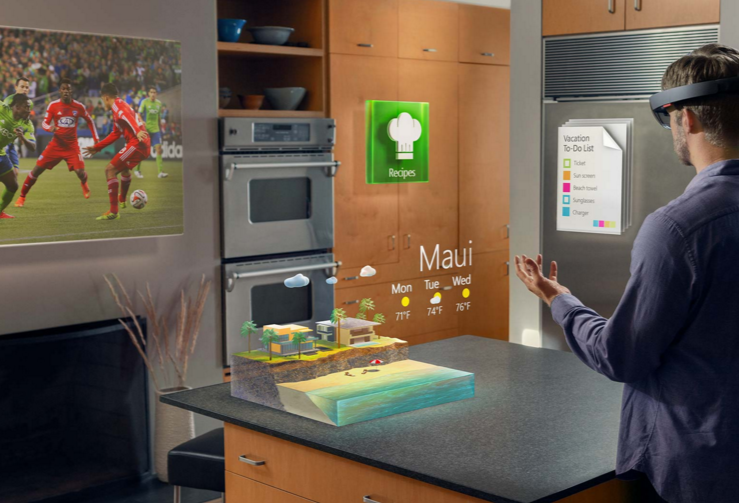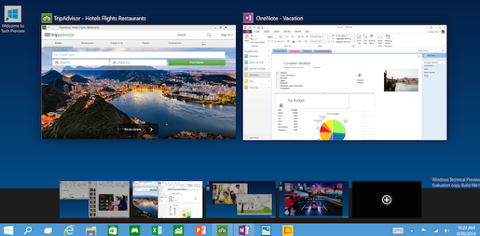What’s Coming at Microsoft’s BUILD 2016
Microsoft’s annual BUILD conference, scheduled to begin March 30 in San Francisco, CA, is the company’s chance to show off some of its latest consumer-facing technology. Last year, for example, executives took the stage to pump Windows 10 to a crowd of developers and salespeople. But with no Windows 11 slated for release this year—unlike Apple, Microsoft does not issue new operating systems every 12 months—BUILD will almost certainly focus on a mix of improvements to core platforms. Rumors suggest that Microsoft will reveal a little more of its feature roadmap for Windows 10, including Live Tiles that are more interactive. It’s also a near certainty that Microsoft will unveil more about the HoloLens, its augmented-reality headset. Independent developers armed with the HoloLens SDK have already begun building apps and games for the platform; and with the market for virtual- and augmented-reality applications beginning to pick up, thanks in large part to the imminent release of VR headsets such as the Oculus Rift, Microsoft will need to show the world at large that it plans to compete hard in this arena. The bigger question is what other cloud or mobile initiatives may debut at BUILD. Two years into his tenure, Microsoft CEO Satya Nadella has made no secret of his intention to make his company an intensely cloud-focused one. In light of that, Microsoft executives at this year’s BUILD may announce additional features to cloud-based platforms such as Office 365 and Azure. The mobile aspect of things is much harder to predict. While Microsoft has made a big show of announcing its core software on rival platforms such as Google Android and Apple’s iOS, its own mobile efforts—centered on Windows Phone—have failed to take off. The company made a version of Windows 10 that can operate on mobile devices, but unless it can show developers how it intends to actually win in the space, tech pros who work with smartphone and tablet apps will almost certainly continue to devote their development time to Android and iOS.

